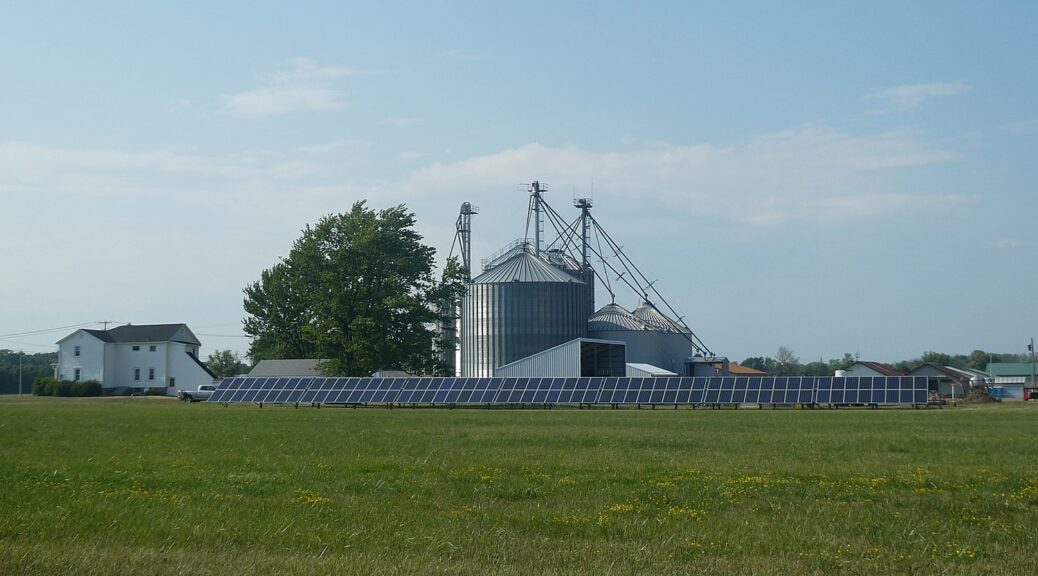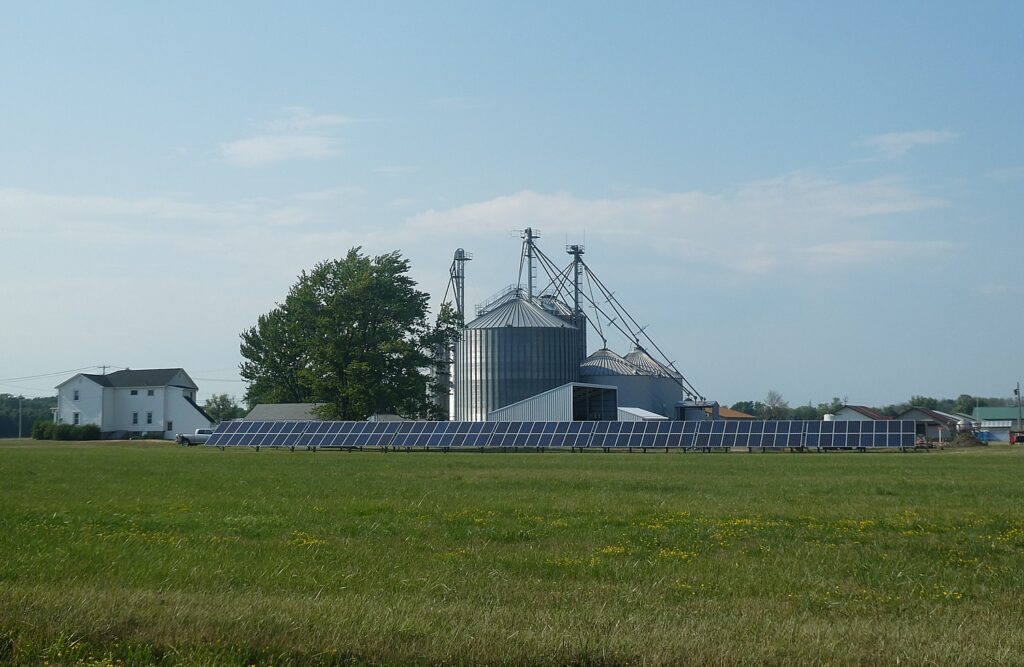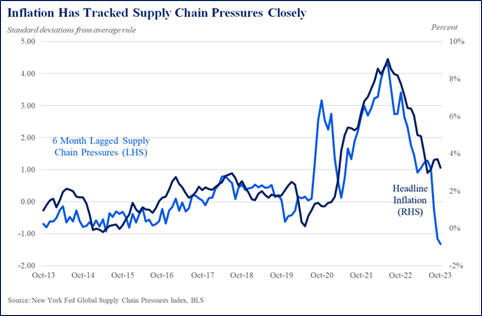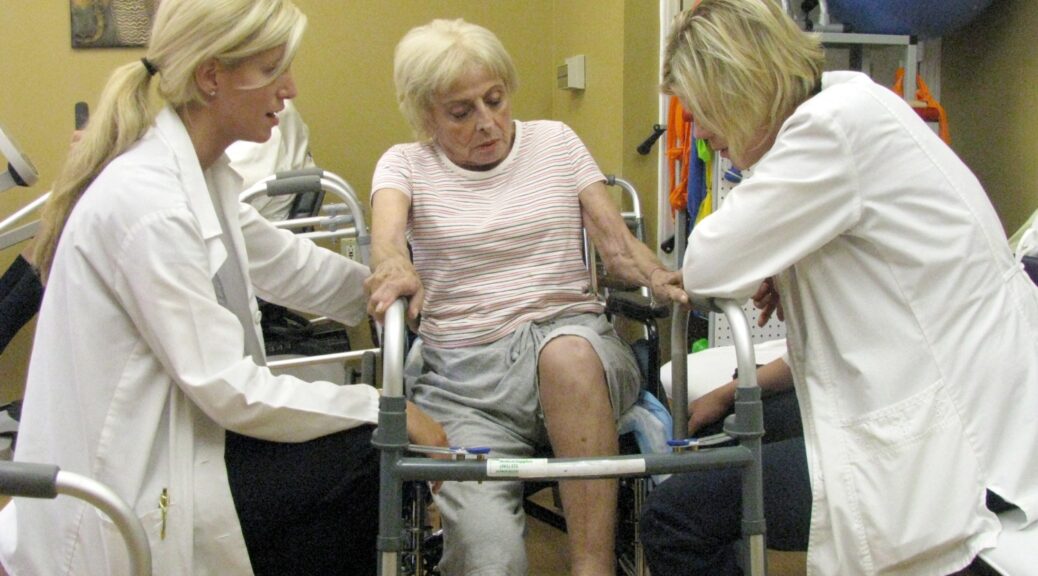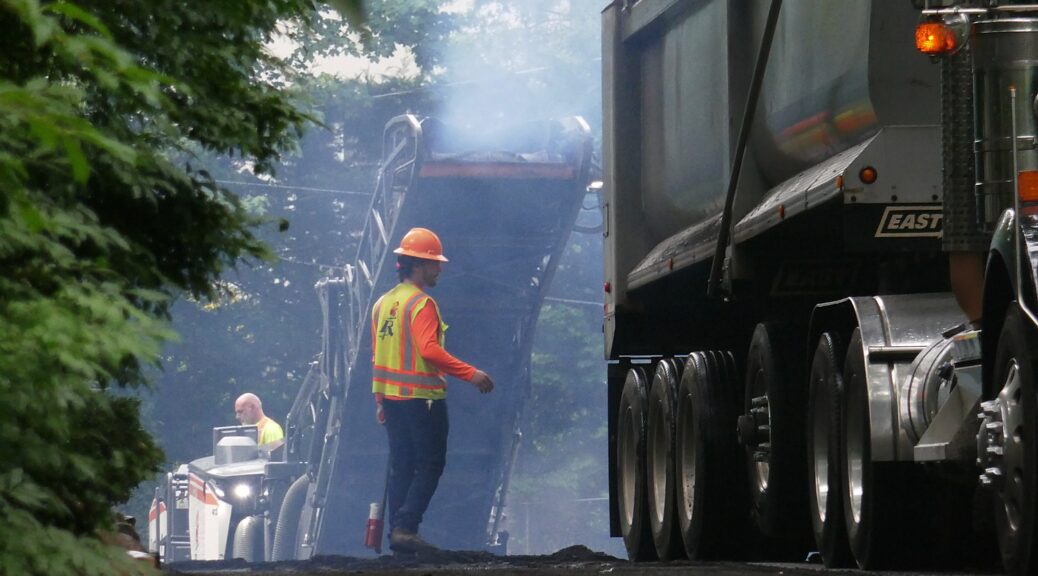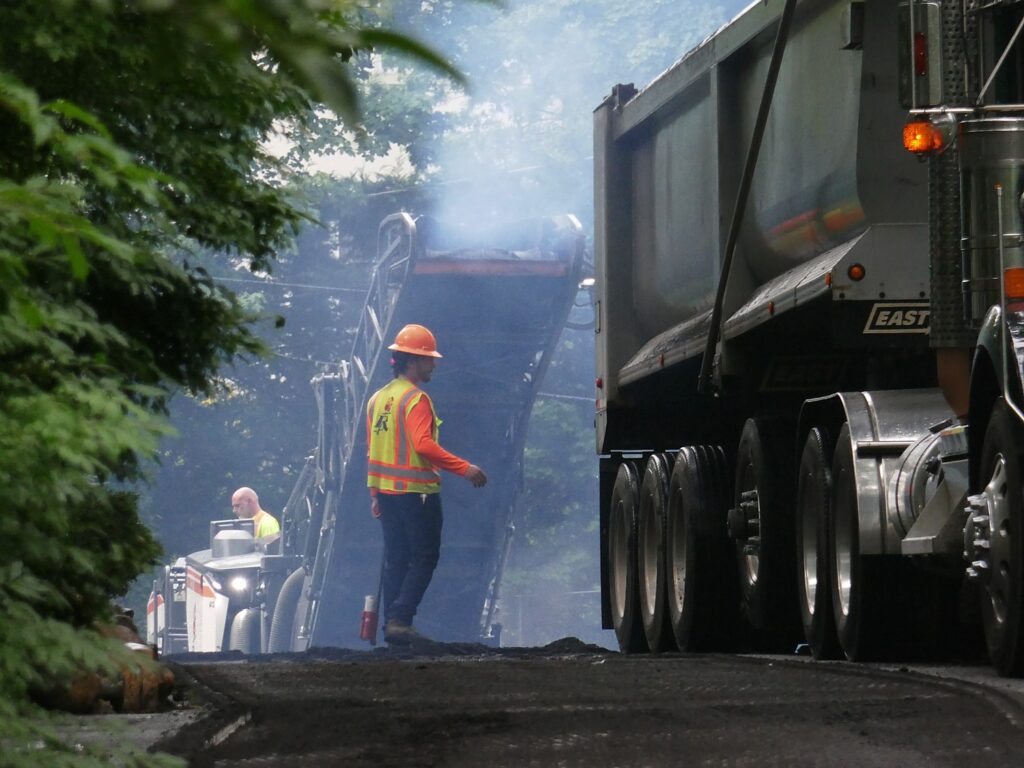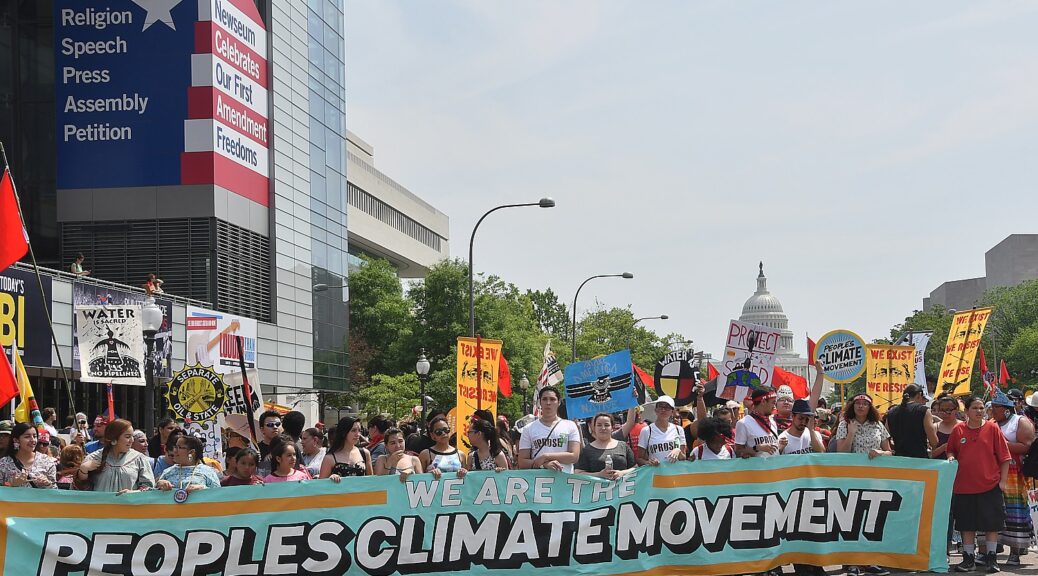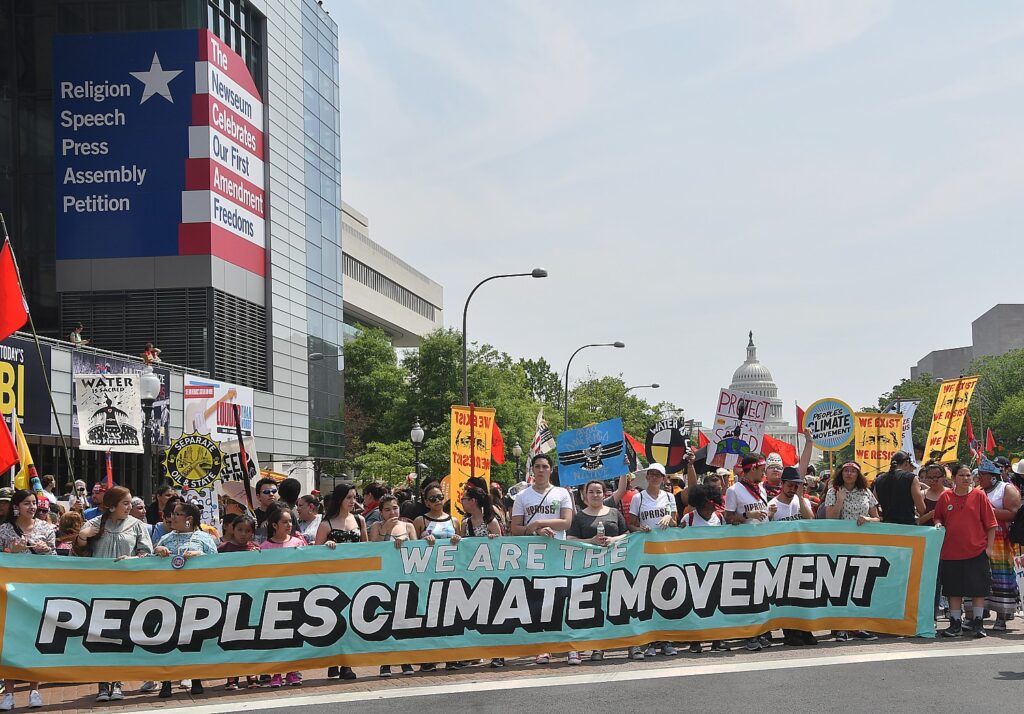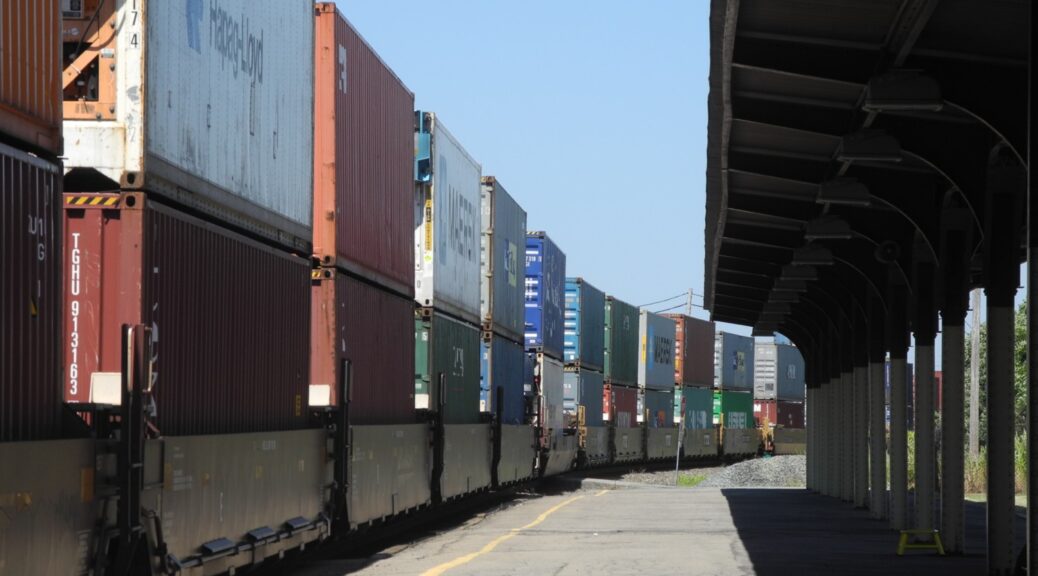- Led to the Strongest Jobs Recovery on Record and the Strongest Recovery in the World: When President Biden came into office, there was tremendous economic uncertainty. Unemployment was at 6.4% when President Biden took office. Unemployment was not projected to drop below 4% until the end of 2025 in CBO’s February 2021 (Pre-ARP) Forecast. Instead, unemployment was below 4% for the past 25 months in a row – the strongest record in more than five decades.
- ARP drove historic 3-year job growth with 15 million jobs added since President Biden took office.
- Not only recovered all the lost jobs but added an additional 5.5 million more jobs versus pre-Covid.
- Powered the strongest recovery in the world: After the American Rescue Plan passed, the U.S. saw by far the fastest recovery in the G7, with significantly higher real wage growth. US has lower apples to apples core inflation than all major European allies.
- Powered the Most Equitable Recovery in Memory: In past recessions, persistent high long-term and youth unemployment as well as high numbers foreclosures and evictions led to long-term harms – “scarring” for millions of Americans and hard, long roads back for Black and Latino Americans. President Biden’s Rescue Plan ensured that didn’t happen this time:
- Historic drops in unemployment for Black and Latino workers: With the strong recovery powered by ARP, Black unemployment saw its largest 1-year drop since the early 1980s and reached its lowest-ever annual rate in 2023; Hispanic unemployment saw its fastest 1-year drop and reached its lowest 2-year rate ever in 2022 & 2023.
- Least scarring in any recovery in memory: The American Rescue Plan led to the fastest drop in long-term and youth unemployment ever. It kept foreclosures historically low and evictions 20% below historic avgs.
- Led to dramatic reduction in inequality: Economists have found that the strong post-ARP labor market’s wage increases for middle-income and lower-income workers erased nearly 40% of the rise in wage inequality increases from the previous four decades.
- Lowest women’s annual unemployment rate since 1953: This recovery has seen a dramatic decline in women’s unemployment to an average of 3.5% in 2023, the lowest annual average since 1953.
- Strong recovery for Asian American, Pacific Islander, and Native Hawaiian communities: Asian American unemployment averaged 2.9% over the last two years and AA NHPI small business formation surged. Native Hawaiian and Pacific Islander unemployment also fell by half from a 9% avg. in 2020 to 4% in 2022-2023.
- Led to the Largest Federal Investments in Preventing Crime, Reducing Violence, and Investing in Public Safety in History. Since the passage of the American Rescue Plan, we’ve had the largest federal investment in advancing public safety and preventing violence in our history through ARP funding and other federal funding.
- Over $15 billion in ARP funds committed to preventing crime and reducing violence, with investments by over 1,000 state and local governments to avoid cuts to police budgets, hire more police officers for safe, effective, and accountable community policing, ensure first responders have the equipment they need to do their jobs, and expand evidence-based community violence intervention and prevention programs.
- That includes $1.2 billion for Medicaid Mobile Crisis Intervention Services – the American Rescue Plan included $1.2 billion to fund mobile crisis intervention units staffed with mental health professionals & trained peers.
- It also includes $1 billion in Family Violence Prevention and Services Program to reduce domestic violence with immediate crisis intervention, health supports, and safety.
- American Rescue Plan’s Expansion of the Affordable Care Act Led to Record-Breaking Health Care Enrollment and Savings: ARP substantially increased consumer subsidies, eligibility to middle-income families and provided strong incentives for states to expand Medicaid through the Affordable Care Act. Result:
- ARP/IRA-extended ACA extension led to over 21 million Americans enrolling in coverage, an increase of 9 million from when POTUS took office.
- Thanks to the American Rescue Plan and Inflation Reduction Act, millions of Americans are saving an average of $800 a year on premiums. The Biden-Harris Administration is committed to keeping health insurance premiums low, giving families more breathing room and the peace of mind that health insurance brings. To do that, the President is calling on Congress to make the expanded premium tax credits that the Inflation Reduction Act extended permanent.
- Provided health coverage to 3 million Americans who would have otherwise had no health insurance.
- Provided affordable health coverage to millions of middle-class Americans who were previously excluded from receiving consumer subsidies.
- Provided more than $3 billion in Medicaid funding to North Carolina, Missouri, Oklahoma, and South Dakota for Medicaid expansion, covering over one million people.
- Gave states an easier pathway to extend Medicaid postpartum coverage for a full 12 months – ensuring access to critical care for nearly 700,000 women in 45 states and the District of Columbia.
- Largest Small Business Boom in History Due to ARP-Driven Strong Recovery and Small Business Investments: The Biden-Harris Administration:
- Increased COVID EIDL to $2 million while increasing anti-fraud controls.
- Reformed PPP to more equitably distribute funds to the smallest businesses.
- Restaurant Revitalization Fund helped over 100,000 restaurants, bars, and food trucks stay open.
- Shuttered Venues Program provided relief to 13,000 venues.
- Invested a historic $10 Billion in the State Small Business Credit Initiative leveraging up to $100 billion in capital for small businesses.
- Invested in innovative Community Navigators program that delivered training to over 350,000 entrepreneurs and 1:1 counseling services to over 33,000 small business owners
- Invested $125 million through the Capital Readiness Program to 43 non-profit community-based organizations to help underserved entrepreneurs launch and scale their small businesses – winners ranged from Asian/Pacific Islander Chamber of Commerce to Urban League of Greater Atlanta.
This, and the strong recovery that ARP powered, led to:
- A record 16 million new business applications over the past 3 years; 55% higher than year before pandemic.
- Share of Black households owning a business has more than doubled, and Latino and Asian American, Native Hawaiian, and Pacific Islander small business formation surged as well.
- Women-owned businesses formation substantially outpaced overall business formation.
- Led to Lowest Child Poverty Rate in American History: The American Rescue Plan expanded the Child Tax Credit, made it fully refundable, and delivered it monthly in 2021. This historic expansion drove:
- Child poverty cut nearly in half to lowest rate ever.
- Black child poverty cut by over 50%, Hispanic child poverty cut by 43%, and dramatic drops in Native American, white and Asian American, Native Hawaiian, and Pacific Islander child poverty—all record lows.
- Over 9 million children in rural areas benefited from the expanded credit.
- 5 million children in Veteran and active-duty families benefited from the expanded credit.
- Child Tax Credit payments were delivered reliably with the first ever monthly payment – on the 15th of each month with 90% using direct deposit.
- Over 60 million children in 40 million working families received largest Child Tax Credit in history.
- Historic expansion to ~240,000 Puerto Rican families: For the first time, ARP permanently made Puerto Rican families eligible for the same Child Tax Credit as other American families. ARP also quadrupled funding available for Puerto Rico’s Earned Income Tax Credit.
- Funded a Historic Vaccination Campaign: ARP provided $160 billion to support vaccination, therapeutics, testing and mitigation, PPE, and the broader COVID Response effort. This led to:
- Over 230 million Americans are fully vaccinated, up from 3.5 million when President Biden took office, while closing the racial gap in vaccine access.
- First-Ever National Eviction Policy Called “The most important eviction prevention policy in American history.”
- Emergency Rental Assistance and other American Rescue Plan assistance helped over 8 million hard-pressed renters stay in their homes without sacrificing other basic needs.
- Emergency Rental Assistance and Other ARP housing policies cut eviction filings to 20% below historic averages since start of Biden-Harris Administration.
- Called the “the most important eviction prevention policy in American history” by Matthew Desmond, Pulitzer Prize Winner author of “Evicted” – and the “deepest investment the federal government has made in low-income renters since the nation launched its public housing system.”
- HUD Emergency Housing Vouchers have already helped 47,500 households at risk of homelessness lease their own rental housing – supporting those at risk of or experiencing homelessness or housing instability, and those fleeing domestic violence.
- Helped Keep Over 225,000 Child Care Programs Open and Provided Historic Nationwide Support for Medicaid Home-Based Care
- American Rescue Plan Stabilization Assistance has reached over 225,000 Child Care Providers – that employ 1 million child care workers – and have the capacity to serve as many as 10 million children.
- Led to lower child care costs by $1,250 per child, helped bring hundreds of thousands of women with young children into the workforce, and increased wages for child care workers by 10%, according to Council of Economic Advisors Report.
- More than 8-in-10 licensed child care centers nationwide received ARP assistance.
- Benefited 30,000 rural child care programs – in most states, 97% of rural counties or more received aid.
- Invested $37 billion to expand access to home-based care and support direct care workers: Thanks to the American Rescue Plan, President Biden delivered $37 billion that all 50 states and the District of Columbia chose to invest to expand access to home care and improve the quality of caregiving jobs.
- Investing in ALL of America:
- For First Time in History, Direct Relief to Every Town, City, County, Tribe and State – No Matter How Big or Small, Urban or Rural – So they Could Design their Own Recovery:
- Before ARP, 70% of cities forecasted layoffs or major cuts in services and half of states were freezing or cutting jobs. Today, cities and states have funds to invest in major challenges – like public safety, housing, workforce, and rehiring, instead of making dramatic cuts.
- ARP provided direct fiscal relief to every state & territory and 30,000 cities and towns – while previous plans reached only 154 local governments or fewer. This has led to:
- Immediately reversed planned layoffs in cities and states across the country – and helped drive a recovery of 1.3 million state and local jobs, recovering all of the state and local jobs lost in roughly one-third the time it took to recover state and local jobs after the Great Recession.
- Major investments in critical areas:
- $25 billion to jumpstart universal broadband access – including Broadband Connections for 18 million students through the Emergency Connectivity Fund so that schools and libraries could close the homework gap.
- $12.8 billion in State & Local Funds invested in over 4,300 workforce investments by state and local governments.
- Over $20 billion in State & Local Funds invested in water infrastructure.
- $18.5 billion in State & Local Funds invested in housing – expanding supply, investing in homeless services, and providing 3.7 million additional households rent, mortgage, and utility relief.
- Largest Ever Investment in Tribal Communities
- ARP provided largest one-time investment in Tribal communities in history – providing more than $32 billion specifically allocated for Tribal communities and Native people, including $20 billion in Fiscal Recovery Funds that were quickly and directly distributed to Tribal governments in 2021 to stabilize Tribal economies devastated by the pandemic.
- Invested in first-ever Tribal Small Business Credit Initiative Awards.
- Focus on Tribal Communities in Place-Based grants including $45 million Build Back Better Regional Challenge (BBB-RC) grant to the Mountain Plains Regional Native CDFI Coalition to grow the Native finance sector and expand economic opportunity.
- Investing in Rural America: Innovative rural-focused investments include:
- ARP provided direct fiscal recovery funding to every single rural government so that they could avoid painful layoffs and design their own recovery. Past recovery bills only sent direct fiscal relief to largest cities.
- ARP Child Care Stabilization Reached 30,000 rural child care programs – in most states, 97% of rural counties or more received aid.
- USDA invested $1 billion to expand independent meat and poultry processing capacity to give farmers more market options and fairer prices, and reduce reliance on a handful of meat and poultry corporations.
- Rural unemployment rates in 2023 were at their lowest point (3.6 percent) since before 1990.
- Full rural jobs recovery: Rural employment has returned fully to pre-COVID levels.
- Major Investment in Workforce Training and Connecting Americans to Good Jobs:
- Tens of billions from the American Rescue Plan have gone to workforce training efforts, including $12.8 billion in State and Local Funds invested in over 4,300 workforce investments across the country, including pre-apprenticeships and other programs to prepare for new infrastructure, health care & care jobs.
- $500 million in competitive Good Jobs Challenge Awards for 32 Workforce High-Quality Training Partnerships across the country.
- $1 billion Competitive Build Back Better Regional Challenge – 21 Winners won between $25 million and $65 million to execute transformational projects and revitalize local industries. Projects include developing workforce training programs, connecting workers to jobs, and other transformational investments.
- Historic investment in expanding and supporting our health care workforce, including:
- $1.1 billion investment in the community health workforce, including in mental health workforce.
- Rapid deployment of 14,000+ community outreach workers (in 150+ national & local organizations). For example, the Association of Asian/Pacific Community Health Organizations used American Rescue Plan funds to establish the CHW Workforce Collaborative (the Collaborative). The Collaborative has since hired, trained, and deployed more than 250 CHWs who speak over 36 Asian, Native Hawaiian and Pacific Islander languages in 12 continental U.S. states and Hawaii.
- Establishment of the first-of-its-kind public health AmeriCorps to build and train the next generation of public health leaders, already serving 82 organizations across the country and supporting more than 3,000 AmeriCorps members.
- Supporting the largest field in history (over 22,700 providers) for the National Health Service Corps, Nurse Corps, and Substance Use Disorder Treatment and Recovery programs, treating more than 23.6 million patients in underserved communities.
- Provided recovery funding for more than 15,000 School Districts to Safely Reopen K-12 Schools, Support Academic Recovery, and Invest in Student Mental Health:
- ARP provided critical relief to more than 15,000 school districts to reopen safely, support academic recovery, and invest in student mental health.
- Data from school district plans show that schools are using these funds well, focusing on efforts to support academic recovery:
- Nearly 60% of funds are committed to investments like staffing, tutoring, afterschool and summer learning programs, new instructional resources and materials, and mental and physical health supports.
- Another 23% is going to keep schools operating safely, including providing PPE and updating school facilities. This includes investments in lead abatement and nearly $10 billion for HVAC.
- Nearly half of school districts invested in summer learning programs which proven to boost math scores.
This has led to:
- Going from 46% of schools that had safely opened to full-time in-person teaching to 100%: In January 2021, CDC data showed that just 46% of schools were open full-time in-person. Today, all schools are open.
- Led to a major increase in staffing and investments to address student mental health: Schools now employ 31% more school social workers and 31% more school nurses than pre-pandemic. School districts have added more than 600,000 local education jobs since January 2021 and recovered to pre-pandemic levels.
- Eighteen Million College Students Have Received Direct Financial Assistance from the Higher Education Emergency Relief Fund that was expanded by ARP:
- Colleges reached an estimated 18 million students with direct financial assistance from the Higher Education Emergency Relief (HEERF) fund since the beginning of 2021.
- Direct financial assistance for an estimated 6 million community college students.
- 80% of Pell Grant recipients received direct financial relief in 2021.
- An estimated 450,000 students at Historically Black Colleges and Universities (HBCUs) received direct financial assistance. In 2021, 77% of HBCUs used HEERF funds to discharge unpaid student balances.
- Historic Investment in Pension Security for up to 3 million Union workers & retirees: ARP’s Special Financial Assistance is the most significant investment in pension security for union workers and retirees in the past 50 years.
- Over 200 multiemployer plans that were on pace to become insolvent in the near term will now have solvency and able to pay full benefits until at least 2051.
- Preventing a wave of multi-employer insolvencies for 2-3 million workers who would have seen major cuts to their earned retirement benefits.
- Pension cuts reversed for over 80,000 workers and retirees in 18 “MPRA” multiemployer plans
- Most significant effort to protect the solvency of the multiemployer pension system in almost 50 years.
- First-Ever Summer Nutrition Benefit for Students w/ Nationwide Reach – Extended Permanently:
- ARP created the first-ever summer nutrition benefit with nationwide reach, helping children who rely on free and reduced-price school meals afford food over the summer.
- 30 million young people: Reached the families of 30 million students.
Permanent: Congress extended this innovative program permanently in 2022’s Omnibus bill, the first major new permanent food assistance program in nearly five decades





